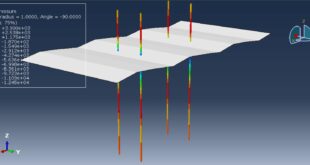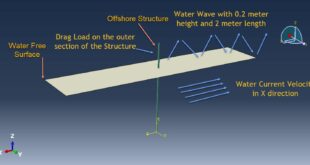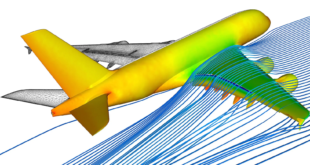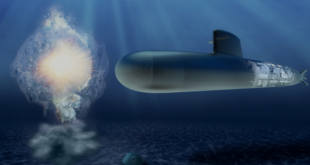In this tutorial, the Simulation composite Pipe(Aluminum-Bamboo fiber-Aluminum) under internal blast in Abaqus has been investigated. All three pipes are modeled as shell parts. You can see a figure of the assembled parts below
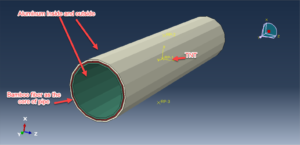
The configuration of a composite pipe, which combines the advantages of joining two thin, stiff, and strong skins to a thick and low-density core, results in superior crushing characteristics and impact or blast resistance under out-of-plane loading when compared to single solid components. In this context, bamboo, a very abundant natural resource in tropical regions has been exploited as a core material in composite pipe
To model aluminum under severe blast load, the Johnson-Cook hardening and damage are selected. Abaqus/Explicit provides a dynamic failure model specifically for the Johnson-Cook plasticity model, which is suitable only for high-strain-rate deformation of metals. This model is referred to as the “Johnson-Cook dynamic failure model.” Abaqus/Explicit also offers a more general implementation of the Johnson-Cook failure model as part of the family of damage initiation criteria, which is the recommended technique for modeling progressive damage and failure of materials.
The Hashin damage model is considered for the bamboo fiber pipe. Damage initiation refers to the onset of degradation at a material point. In Abaqus, the damage initiation criteria for fiber-reinforced composites are based on Hashin’s theory. These criteria consider four different damage initiation mechanisms: fiber tension, fiber compression, matrix tension, and matrix compression.
The dynamic explicit step, cohesive interaction between the pipes, proper boundary conditions, and meshes are selected for all parts
After the simulation, all results such as stress, strain, damage, failure, bamboo damage, and others are available. You can see a figure of the assembled parts below
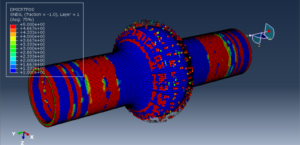
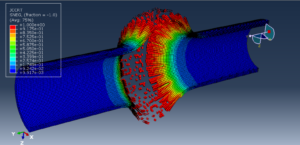
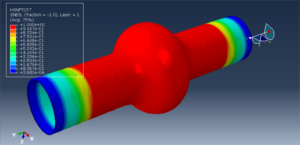
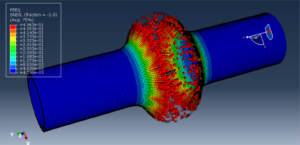
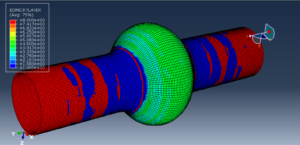
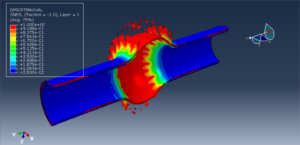
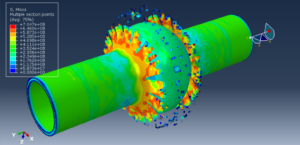
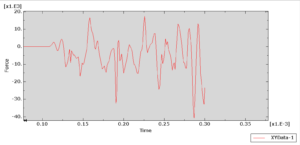
 Abaqus tutorials Abaqus tutorials
Abaqus tutorials Abaqus tutorials
